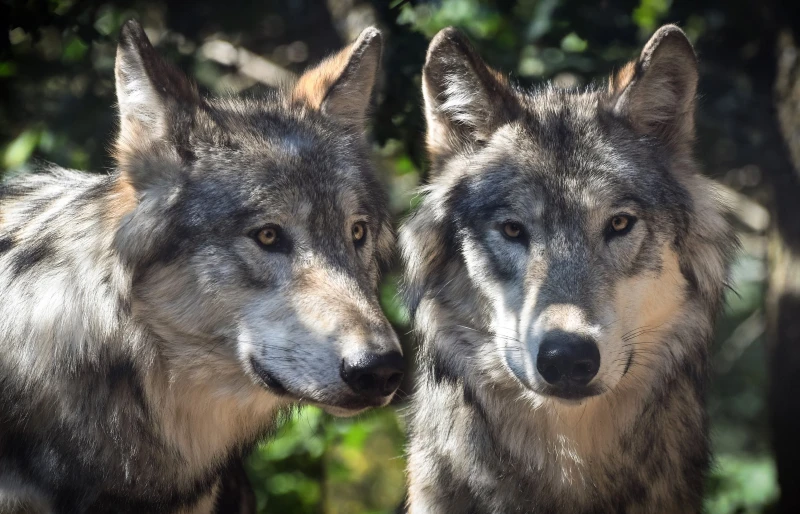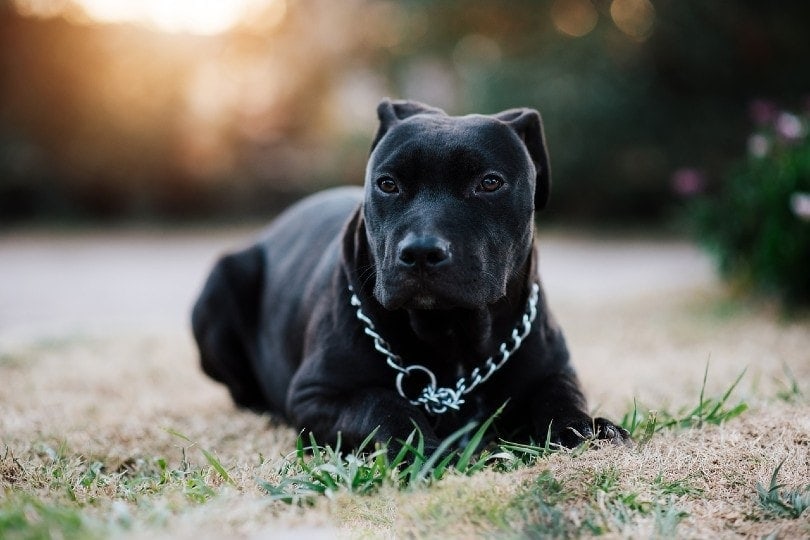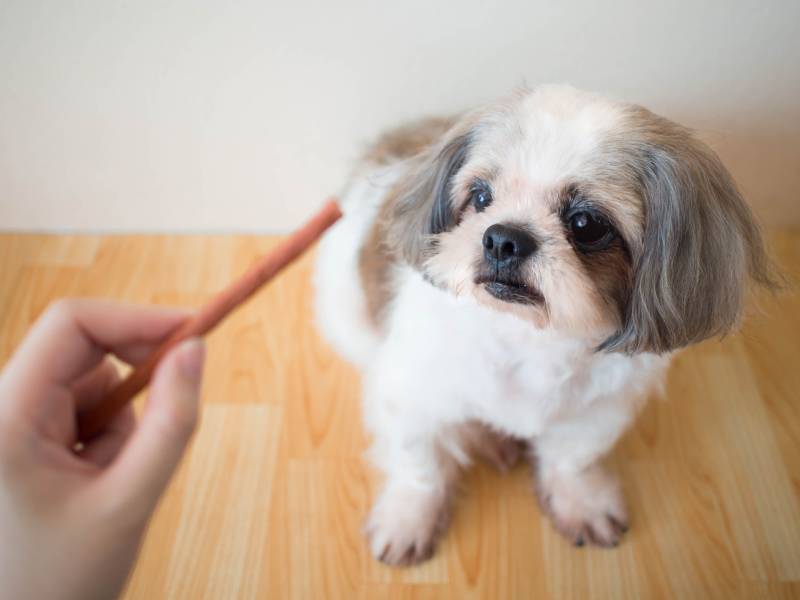Apricot Labradoodle: Facts, History & Origin (With Pictures)
By Brooke Bundy
Updated on
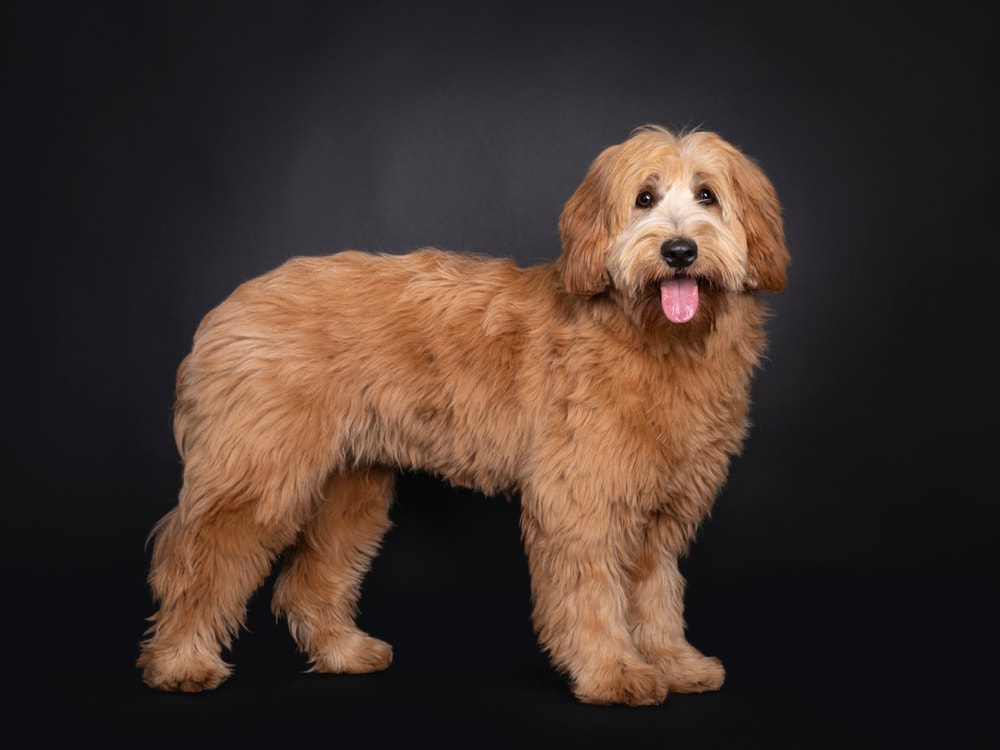
In certain light, you might believe you’re seeing the rare red Labradoodle, while in other places or during different times of year, the same dog might appear cream. The coveted Apricot Labradoodle is one of many coat variations from the intensely popular designer breed. Originally from Australia, the Labradoodle is now a familiar dog around the globe with many devoted admirers in the United States.
| Height: | 16–25 inches |
| Weight: | 30–75 pounds |
| Lifespan: | 12–15 years |
| Colors: | White, brown, black, blue, cream, parti, parchment, phantom, red, apricot |
| Suitable for: | Allergy sufferers and active families |
| Temperament: | Happy, energetic, loyal |
Since the Labradoodle is a crossbreed, they have a liberal range of sizes and a whole pallet of possible colors. Apricot Labradoodles, in particular, are considered relatively rare, with black, white, and chocolate being the most common. There are also three recognized sizes of Labradoodles which correspond to whether the parent Labrador was bred to a Miniature or Standard Poodle. Miniature Labradoodles had a Miniature Poodle parent, in the same way that the Standard Labradoodle resulted from a Standard Poodle. However, the Medium Labradoodle could’ve come from either the Standard or Miniature Poodle depending on the resulting size.
Apricot Labradoodle Characteristics
The Earliest Records of the Apricot Labradoodle in History
If you go to an urban dog park during the busiest times of the day, you’re likely to spot at least one Labradoodle frolicking through the crowd of classic breeds, such as the Golden Retriever and the Pug. It may surprise you to know that the Labradoodle is actually a relatively new designer breed that was established around the turn of the new millenia.
In 1988, Wally Conron bred the first Labradoodle. He wasn’t trying to create the next big trend or even develop a new designer breed. In fact, the first Labradoodle was bred out of necessity. Conron worked for the Royal Guide Dogs in Australia, and he learned about a lady who had impaired vision. Her husband was allergic to dogs, so the typical German Shepherd or Labrador Retriever was out of the job. Conron bred a Labrador Retriever with a Poodle in order to produce a guide dog with a curly, hypoallergenic coat.
It was a success. The lady’s husband had no allergy complaints. The Royal Guide Dogs went on to breed 31 more Labradoodles, and an astounding 28 passed the requirements to become service dogs, an encouraging number from a new breed.
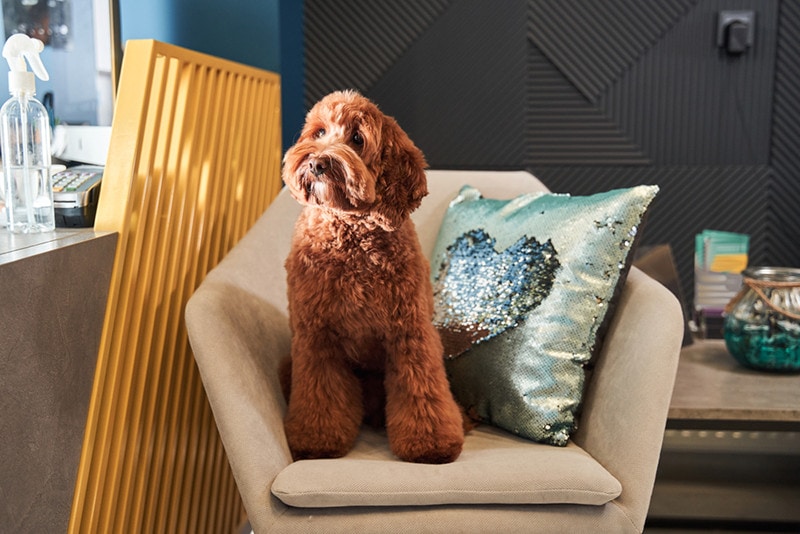
How the Apricot Labradoodle Gained Popularity
It didn’t take very long for the Labradoodle to take on other roles besides being a service animal. They were soon bred to be companion animals to people who wanted a dog who didn’t shed, or who were allergic to dogs. Their lively nature especially enticed families with little children. Labradoodles were chosen as the ideal family dog because they’re energetic enough to keep up with kids, while being gentler than some larger breeds.
Along the way, similar breeds such as the Cocker Spaniel were sometimes introduced to the line in order to encourage desirable features. The Australian Labradoodle usually features the Cocker Spaniel along with the Labrador Retriever and the Poodle, while the Labradoodle purely represents the Poodle and Labrador Retriever.
Because of the wide gene pool that results when two or more breeds are mixed, Labradoodles can come in many different sizes and coat colors. Apricot Labradoodles are rarer than certain shades, such as chocolate or cream, but are still recognized by breeders as being part of the breed standard.
Formal Recognition of the Apricot Labradoodle
While Labradoodle breeders and enthusiasts may draft general guides about the designer breed’s characteristics and appearance, there isn’t an official breed standard. Neither the Labradoodle nor the Australian Labradoodle are recognized by any major kennel clubs. Their exclusion from established breeding programs doesn’t seem to curtail their popularity. However, it does mean you have to work a little harder to be sure you’re buying from a reputable breeder.
Top 3 Unique Facts About the Apricot Labradoodle
1. The Rufus gene is responsible for the red coat color
A recessive gene known as Rufus produces the red color found in apricot and red Labradoodles. Solid red is the rarest Labradoodle color.
2. Apricot often lightens to cream or strawberry blonde when exposed to light
Summer days at the dog park may lighten an Apricot Labradoodle’s coat. Even if a Labradoodle had a purely apricot coat as a puppy, it might morph into more of a honey color as they grow up.
3. The Labradoodle was acknowledged as America’s second most popular dog in 2010
It’s difficult to count how many Labradoodles live in America since they aren’t registered with the AKC or any formally recognized kennel clubs. However, it’s possible that their fame surpasses the Labrador Retriever and the French Bulldog, the official most popular dogs in 2022.
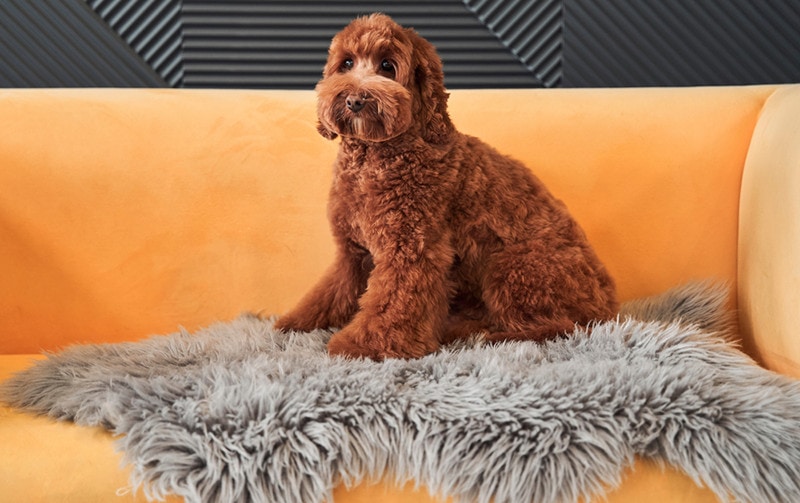
Does an Apricot Labradoodle Make a Good Pet?
Weighing anywhere from 30–75 pounds, the Apricot Labradoodle has a large range when it comes to size. Depending on your preferences, you might find that a Miniature, Medium, or Standard works best for you. Their personalities should stay about the same, regardless of size.
You can expect an Apricot Labradoodle to possess oodles of energy. They’ll likely want to play ball, go to the dog park, and even swim in the lake quite frequently. If allowed to run wild, they can quickly turn into a handful of mischief. However, they’re highly intelligent and eager to please, so you’re not likely to experience more than average behavioral issues as long as you train them early. The Labradoodle typically displays the Labrador’s happy-go-lucky attitude and generally gets along well with people and other pets.
Like all dogs, Apricot Labradoodles will experience health issues at some point. Larger Labradoodles may be particularly predisposed to hip dysplasia, a condition where the femur doesn’t line up with the hip socket. Unfortunately, there are both environmental and genetic factors, so hip dysplasia may not be completely preventable. Investing in pet health insurance can help offset the costs when accidents and illnesses do occur with your Doodle.
Conclusion
Since the Labradoodle doesn’t have an official breed standard, you never know exactly what you’re going to get. The Apricot Labradoodle in particular may experience coat changes several times through their life as the red color lightens into strawberry blonde during sunny seasons, and turns darker during the cold months as you and your Dood spend more time indoors. Regardless of the coat variations, the Apricot Labradoodle possesses the same steadfast loyalty and energy characteristic of their parent breeds, which makes them a popular choice for a hypoallergenic family dog.
Featured Image Credit: Nynke van Holten, Shutterstock



